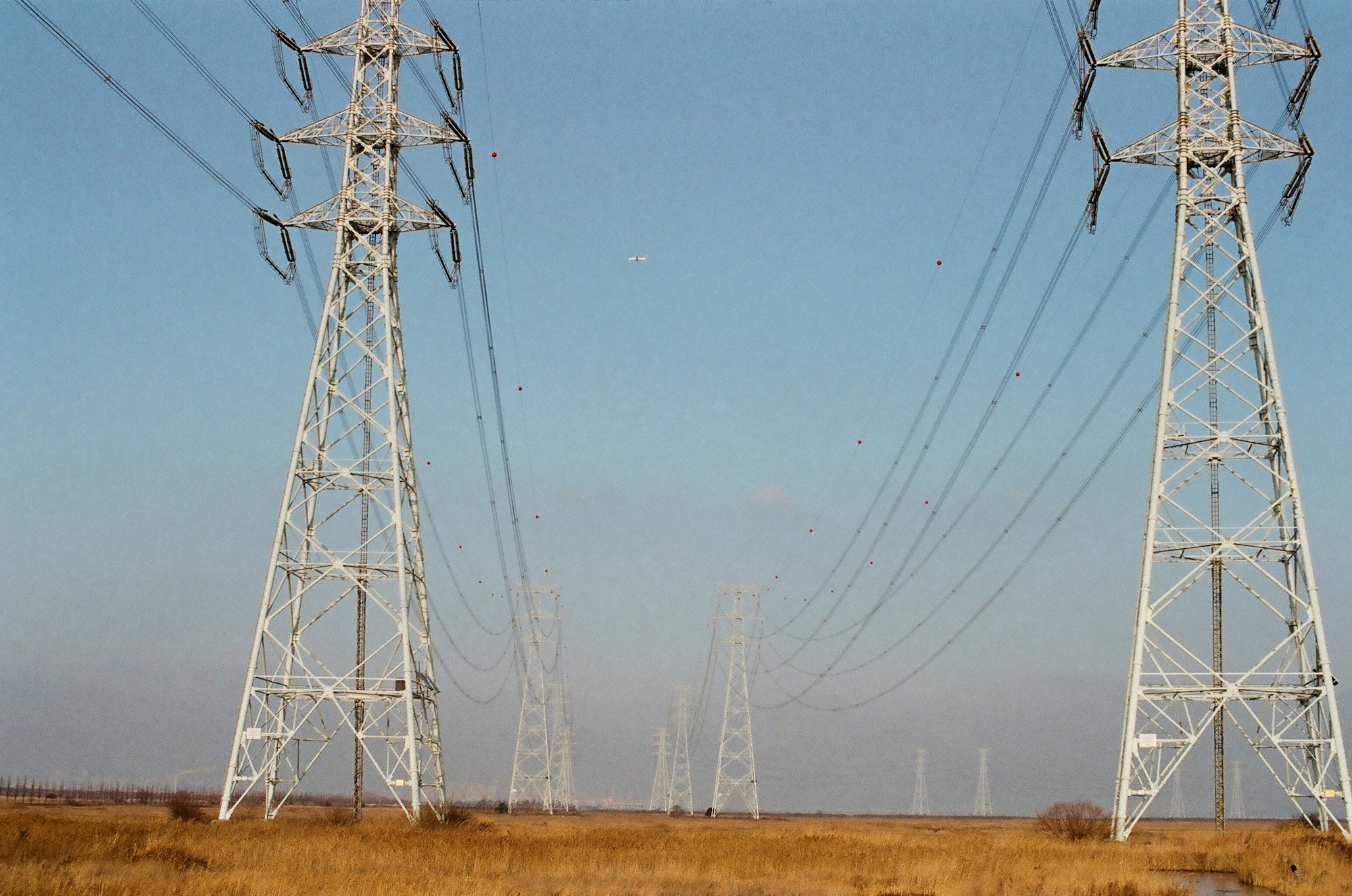Loadshedding the Economy: South Africa’s Battle With the Energy Crisis
The impact of loadshedding on South Africa's economy and society has been significant. Businesses have often been forced to close or reduce operations, resulting in job losses and reduced economic activity.

Loadshedding, is a dreaded term used in the South African vocabulary to describe the practice of intentionally reducing or shutting off electricity supply to certain areas in order to prevent a total blackout. This is typically done when the demand for electricity exceeds the available supply and is a measure implemented by the state-owned utility company, Eskom.
The main cause of loadshedding in South Africa is the inadequate generation capacity of Eskom's power plants. A fact that has been known for decades! It is due to a messy combination of factors including aging infrastructure, lack of maintenance, and insufficient investment in new power generation. Ok, the last one is laughable considering how much has been put up to build extra capacity, where are those stations? Additionally, the company has been plagued by financial and operational mismanagement, which has further exacerbated the problem.
The impact of loadshedding on South Africa's economy and society has been significant. Businesses have often been forced to close or reduce operations, resulting in job losses and reduced economic activity. Households have also been affected, with many unable to access electricity for essential services such as lighting, cooking, and refrigeration. It is as if the "load" of making money is too much, so they must shed the "load".
In recent years, the South African government has taken steps to address the issue of loadshedding. Including making promises and constantly halting alternative methods of power generation. On a serious note, halfway through 2022, Cyril Ramaphosa proposed a new energy plan which ended up coming up with the following:
- Private companies can now generate as much electricity as they want. Before, there was a limit of 100MWh, but it was raised to that in June 2021 and it led to a lot of interest in renewable energy.
- The amount of energy that can be bid on is doubling in April 2023.
- There are temporary changes to make it easier for companies to get licenses and meet environmental rules in certain low-risk areas, especially for a 2.6GWh bid window that's happening between July and September 2022.
- They are speeding up plans for new bid windows and ways to invest in renewable energy for the future.
- They have incentives for people to install solar panels on their rooftops and connect to the grid.
- They are putting more effort into making Eskom (a power company) more reliable, with better training and more investments.
- They are working on a plan to fix Eskom's debt problems, which they'll announce in the February 2023 budget."
Despite these efforts, however, loadshedding remains a major challenge for South Africa. We are experiencing bloody Stage 6! Possibly 12 hours without power! 6000 MW have to be shed. After all, that mitigation and we are half a day in darkness, never mind possible faults in areas with bog standard response times to fix anything.
A heads up for those who think that a long duration of Stage 0 will return: VERY UNLIKELY! The speculation has been mounting that Stage 2 would be permanent for two years! Eskom spokesperson Sikonathi Mantshantsha says that was certainly considered for bringing predictability to the public but those plans have been squashed.
So how much does this actually cost the people of South Africa? The Western Cape says R12.3 billion with a Bold B in one year. How about seeing the JSE closing weakly or seeing the Rand value go down against a stronger currency? Right now, planning to cook is a schlep and all I hear from people is that "I'm moving to Australia!".

